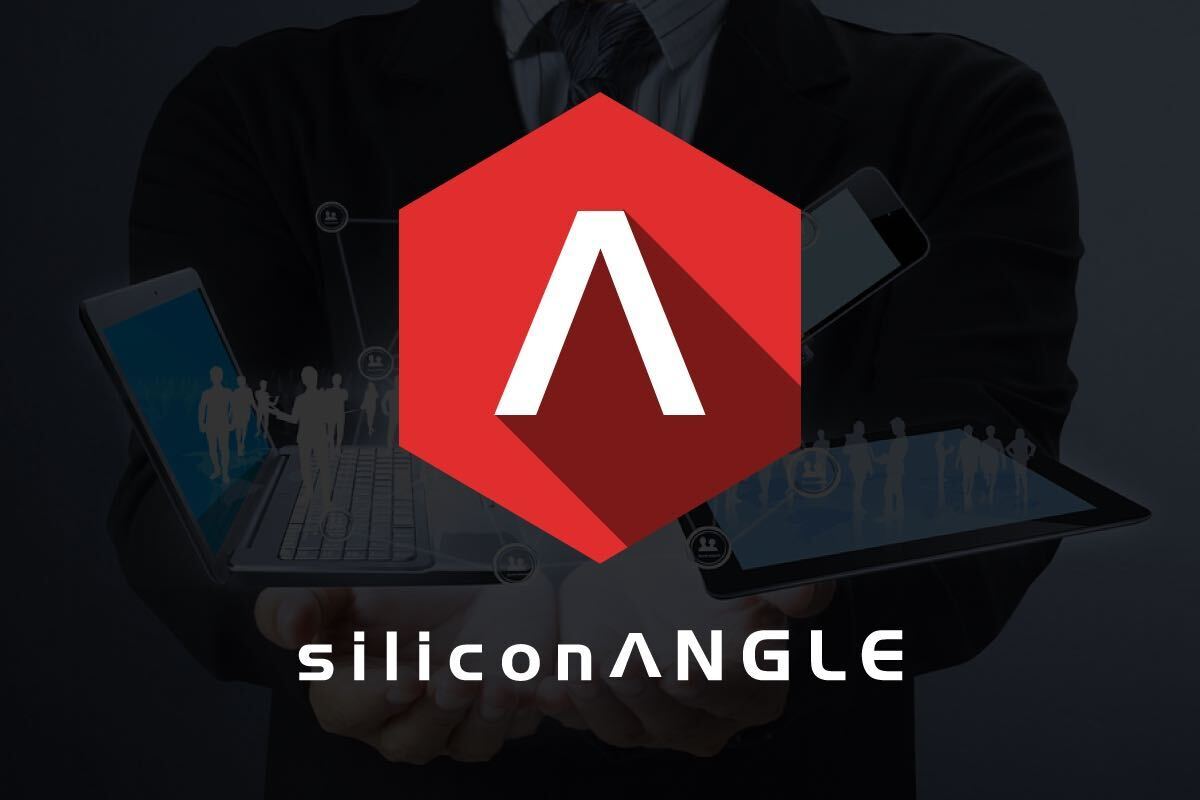


Last year, with the intention of accelerating the adoption of cloud computing, Microsoft Corporation contributed all the hardware design for their internal applications, including Azure, Bing, and Microsoft Office, to the OCP. Kushagra Vaid, Microsoft’s GM of Server Engineering/Microsoft Cloud and Enterprise, said this year they plan to expand on those donations across several fronts.
At the core of this year’s contributions from Microsoft is the tech giant’s “global set of solutions across 70 countries or so — about a million servers in production across tens of data centers,” said Vaid. The lessons learned from those data centers are “captured in the hardware design,” according to Vaid. In a nutshell, “we take these hardware designs and we make the open so everyone can benefit from the learnings that we’ve had,” Vaid explained further.
In particular, Vaid described Microsoft’s contributions as offering ways to help other companies figure out how to run a public cloud. The learnings are “baked into [Microsoft’s] specifications” and include: “how do you manage the servers, how do you operate the servers, how do you deal with failures when they happen, and how do you have software and hardware interoperate with each other at cloud scale,” Vaid explained.
Vaid also called out another of Microsoft’s major contributions to OCP, their Local Energy Storage innovation. “It’s a radically different new way to design data center power backup systems,” he explained. Traditionally, data centers have a large battery room so that, in the case of a power failure, the batteries would “pick up the load and the servers continue running,” according to Vaid. This can get pretty costly over time, so with the LES, “we got rid of that whole thing and we put the batteries inside the servers,” Vaid remarked.
Ultimately, he said the LES “will save twenty five percent of the footprint of the facility.” Furthermore, he predicts that power delivery will improve by fifteen percent. A key point, Vaid stressed, is that the “cost benefits are 5X better than traditional designs.”
Vaid also spoke about how OCP will allow companies to gain greater access to hardware innovations and therefore increase the speed of adoption. Hardware specifications from Microsoft and Facebook act like an API, he said: “You have a set of specifications, you just speed those up and then you focus on adding the value where it makes a difference to your environment.”
While Microsoft has high hopes for the future of OCP, it is mainly the tech giants that are making major contributions to OCP. That said, Vaid called out that Microsoft sees “momentum from an ecosystem that’s building.” There have been “a lot of cases where the contributions we have made, people have taken that and enhanced it, made modifications and contributed it back to OCP,” Vaid stated.
An example of momentum in the ecosystem is Microsoft’s new partnership with Canonical Ltd. “They build on top of the specifications we contributed, so now you can have the next distribution. You can have a third party neutral way to provision servers,” said Vaid.
Vaid pointed out that for Microsoft, the “competitive advantage is really in the services that we offer,” like Bing, Azure and Office. Contributing to OCP doesn’t interfere with Microsoft’s competitive environment. In fact, Vaid said, “how we run the infrastructure is the area we’d like to share with others so we can drive a common platform between the public, private, and enterprise cloud.”
Watch the full segment below, and be sure to check out more of SiliconANGLE and theCUBE’s coverage of OCP Summit 2015.
Support our open free content by sharing and engaging with our content and community.
Where Technology Leaders Connect, Share Intelligence & Create Opportunities
SiliconANGLE Media is a recognized leader in digital media innovation serving innovative audiences and brands, bringing together cutting-edge technology, influential content, strategic insights and real-time audience engagement. As the parent company of SiliconANGLE, theCUBE Network, theCUBE Research, CUBE365, theCUBE AI and theCUBE SuperStudios — such as those established in Silicon Valley and the New York Stock Exchange (NYSE) — SiliconANGLE Media operates at the intersection of media, technology, and AI. .
Founded by tech visionaries John Furrier and Dave Vellante, SiliconANGLE Media has built a powerful ecosystem of industry-leading digital media brands, with a reach of 15+ million elite tech professionals. The company’s new, proprietary theCUBE AI Video cloud is breaking ground in audience interaction, leveraging theCUBEai.com neural network to help technology companies make data-driven decisions and stay at the forefront of industry conversations.